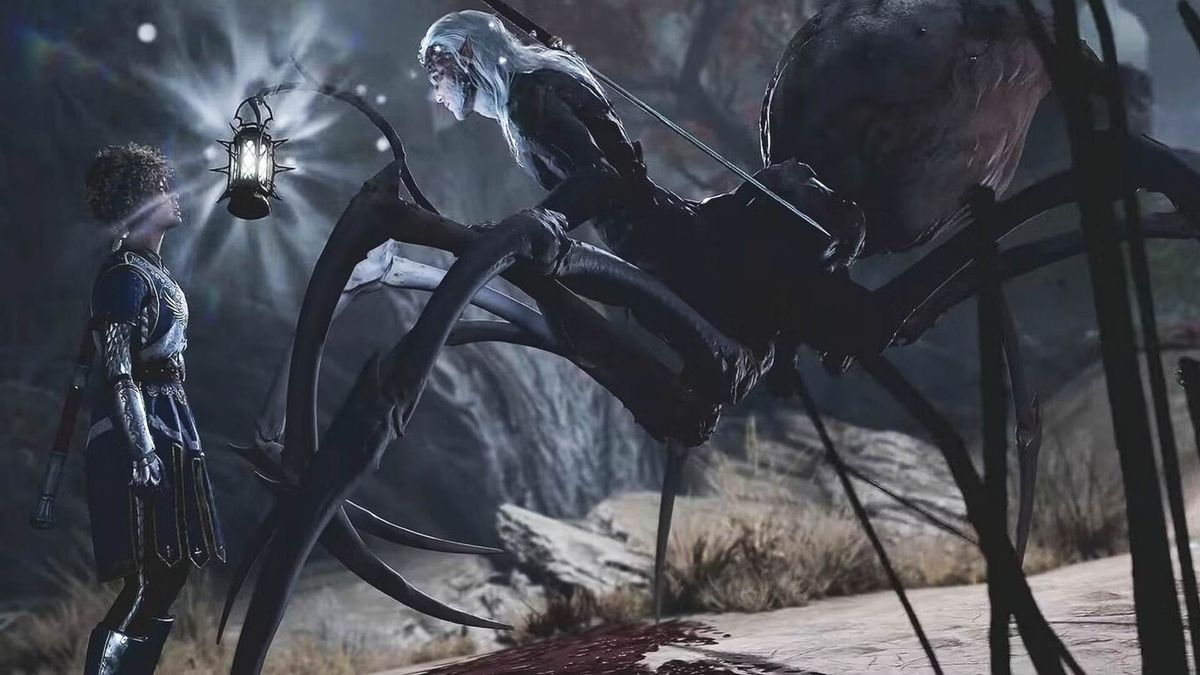Call of Duty: Vanguard has a blustery new map called Eagle Nest, where the first whispering signs of deja vu kick in for me. In fact, I bet by the time I write “three-lane design”, you’ll already have a good idea of what this type of map offers. Stretches of ground for you to snipe down, a claustrophobic mid-lane that offers plenty of cover (and more than a few camping spots), as well as little pockets of space around spawn points where you can, if you get the angles right, catch out unsuspecting players. It’s the platonic ideal of a Call of Duty map, tightly designed to encourage constant movement, while boasting areas that can become safe heavens if you defend them properly. It’s a map that I hadn’t played before the Call of Duty: Vanguard open beta. It’s a map I have been playing for years.
I’m not going to pretend that the accusation that Call of Duty is the same game every year hasn’t been leveled at the series… well, every year for going on a decade. And, for the most part, it’s something of a lazy statement, akin to saying every Final Fantasy game is the same because it features boys with big swords and even bigger hair. However, the introduction of Call of Duty: Warzone has undoubtedly shifted how each new Call of Duty presents itself to players, with integrated menus, shared battle passes, and a sense that each game’s identity is merely now a costume for the same neverending battle, rather than an actual character that differentiated them. That accusation is starting to gain a little more merit.
Eagle eyes

Perhaps this issue stems from how desperate it all seems to remind you that Call of Duty is now *deep breath* a “shared universe”. From the moment you log onto any game since 2019’s Modern Warfare, you’re greeted with a menu that lets you choose between Vanguard, Black Ops: Cold War, Warzone, and Modern Warfare. Each time a new entry has been announced, that menu has gotten a little more crowded, as if to highlight the breadth of experiences that exist in these games.
How to play the Call of Duty: Vanguard Beta

Here’s how you can play the Call of Duty beta right now.
And yet, whenever you click on one, you’re always presented with elements we’ve seen for the past few years. A stern soldier walking – seemingly forever – through imposing environments. Menus that are identical, give or take a different font. Guns that might be period-appropriate, but can be tweaked in the same way. The impression it gives is not of a fluid experience across multiple games, but a series that has become too reliant on reassuring familiarity.
This trip back in time for Call of Duty: Vanguard has made this similitude even starker. It’s one thing getting used to seeing the same menus, it’s something else entirely to see the Cruise Missile killstreak redubbed a Glide Bomb or a red dot sight affixed to an STG44. Yes, I get that these all might seem like minor gripes, but it sets your expectations early. That this year’s Call of Duty is the same as the last one because, in a sense, it has to be… albeit with the phrase “chucking a gammon bomb” a surprisingly prominent part of the in-game commentary.
Beta believe it

The thing is, the Call of Duty: Vanguard beta has enough hiding beneath the surface to suggest it could offer up a different flavor of Call of Duty. For starters, the introduction of Combat Pacing allows players to zone in on the type of games they want. Tactical games offer more opportunities for tense and tactical play (read: not murdered every 5 seconds), whereas Blitz ratchets up the pace, with grenades and bullets slung around like insults on a particularly bad day of discourse on Twitter. Whichever one appeals, you’re more likely to be able to hone in on the experience you want.
That is also reflected in the map design as well. While Eagle’s Nest might have had my familiarity alarm ringing, the other levels on display boast plenty of encouraging signs. Hotel Royal’s a dense treat, games playing out across two levels of a Parisian hotel rooftop that creates the right sort of chaotic flow that keeps people glued to Call of Duty, while the comparatively colossal size of Red Star is perfect for large scale battles, as teams fight for control of buildings and snipers will make short work of players cavalier enough to run through the wide open spaces the map has. These new spaces are also differentiated by the game’s new destructible scenery, with windows, doors, and barricades easily blown away with gunfire, a strong punch, or just running through them like The Hulk. They don’t distract from the core loop of the action, but offer just enough variability to deliver one of the beta’s more exciting deviations.

And yet, how far should we have to dig to find the distinguishing factors? While the introduction of choosing the pace of games is a nice touch, maybe it’s also the reason Vanguard’s gunplay feels oddly light, with soldiers gliding around maps in a way that doesn’t quite sit right with the historical setting, to accommodate for the potential of 48-player rounds. And destructible environments are a nice touch, but for this to feel like the height of Vanguard’s competitive multiplayer changes is undoubtedly underwhelming.
Despite all of this, I’m still eagerly going back to the frontline when I get the chance. There’s no doubt that Call of Duty: Vanguard will offer the same adrenaline-soaked shootouts that the series has been so adept at conjuring for years, but by so slavishly trying to tie each entry into a larger universe, those returns are in danger of diminishing a whole lot quicker.
 Games News games, movies and TV you love.
Games News games, movies and TV you love.



